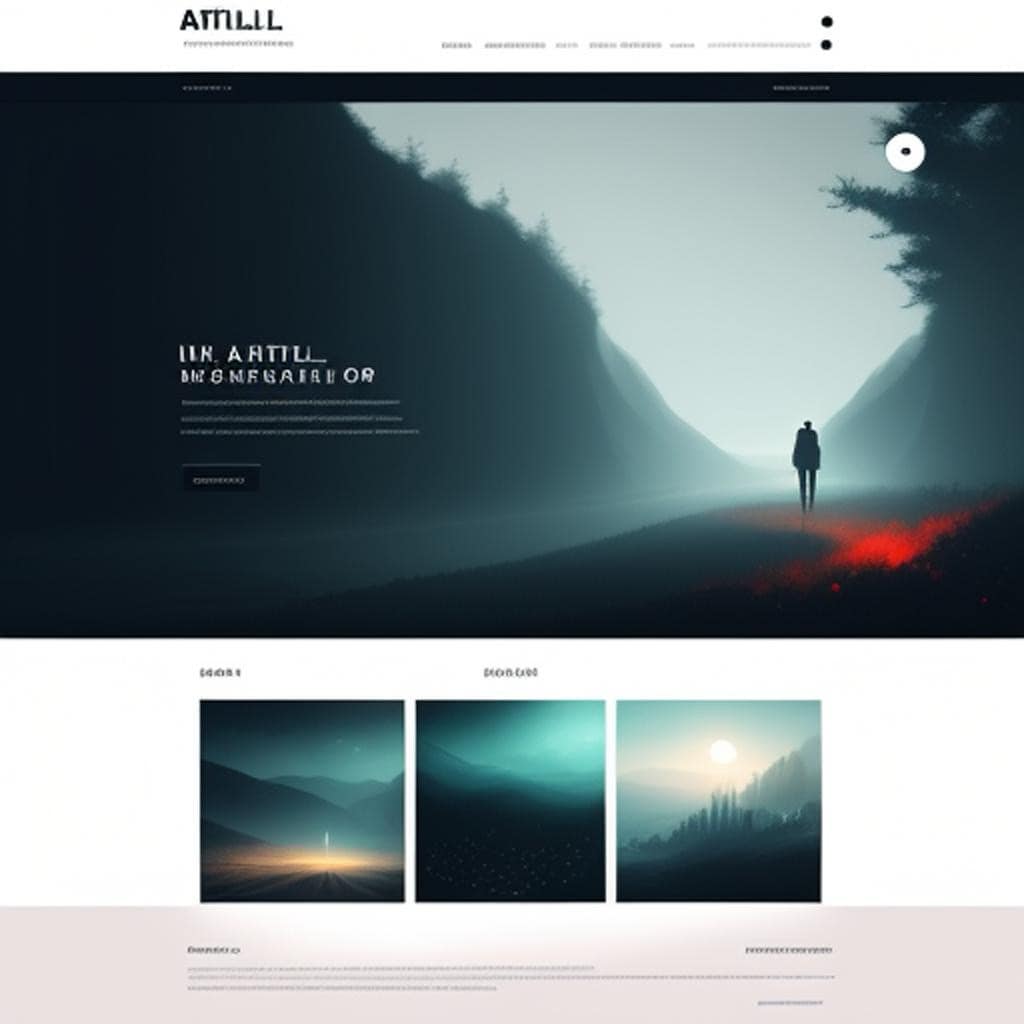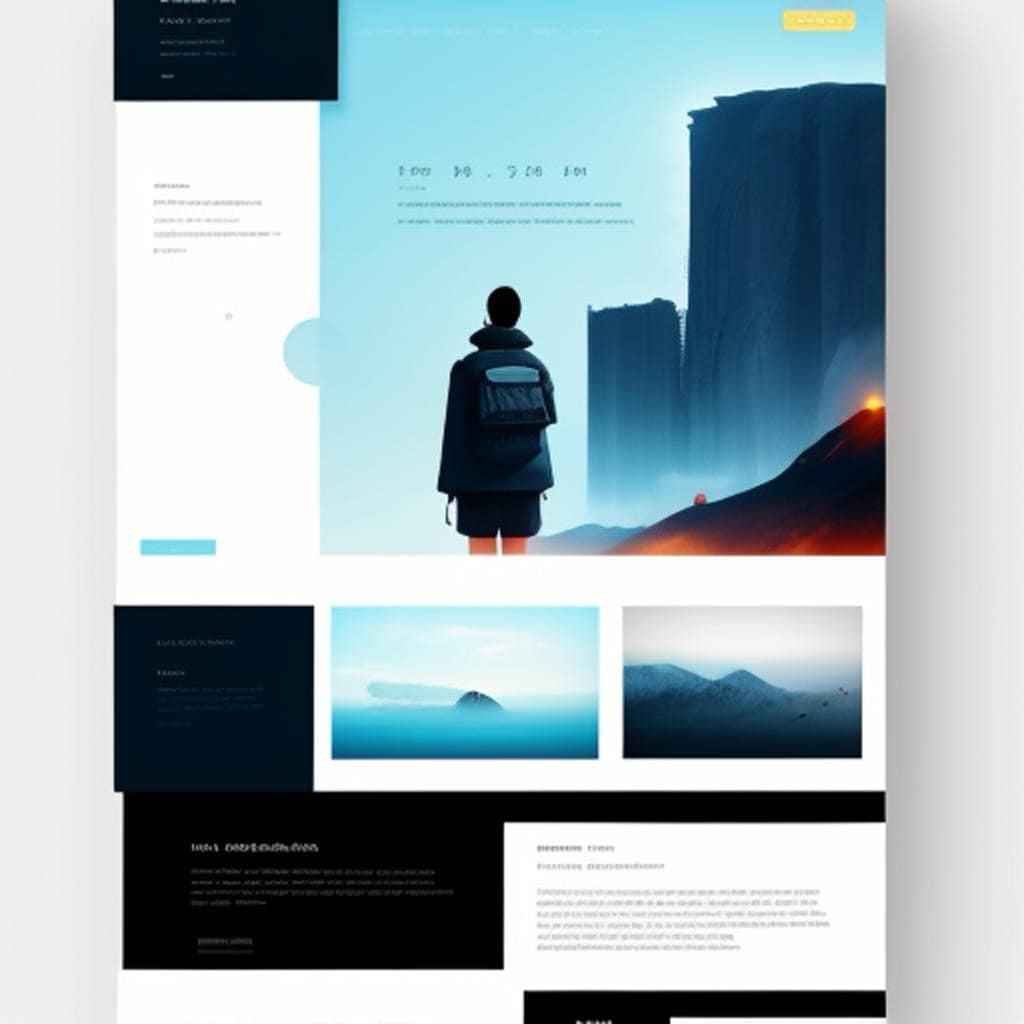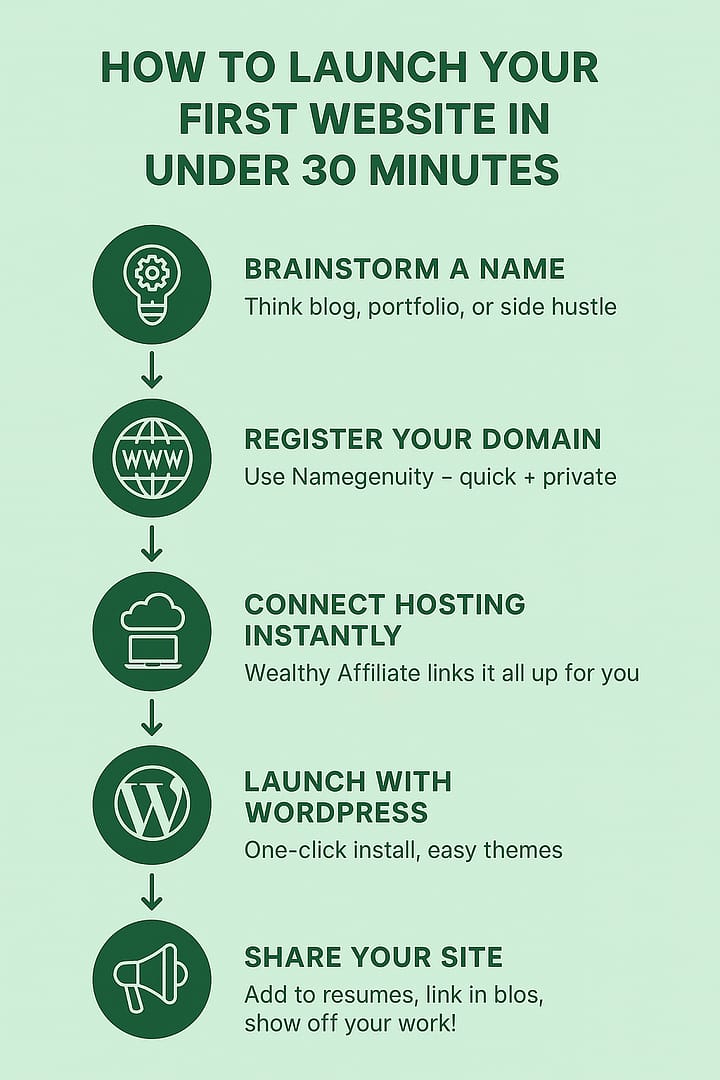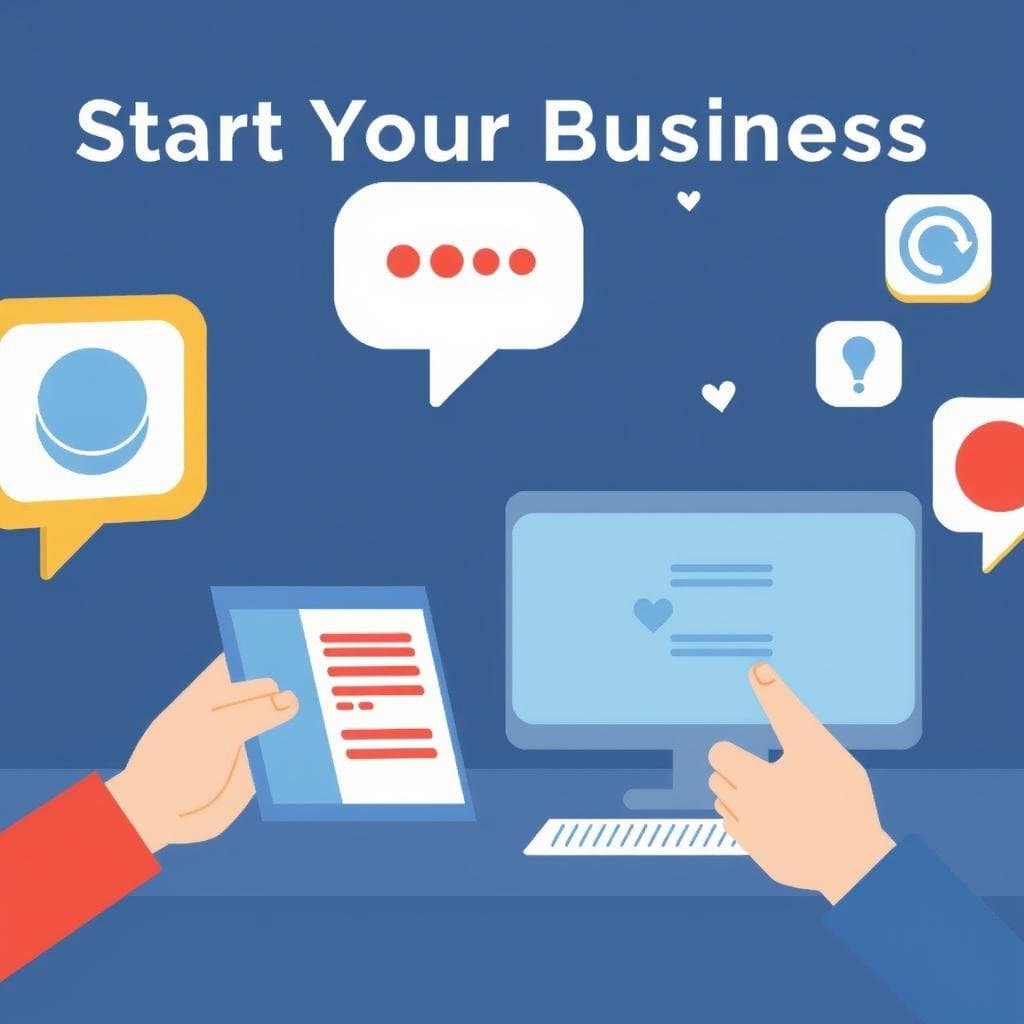Importance Of Mobile Optimization For Your Website
Importance Of Mobile Optimization For Your Website
For my WApals Subscribers and Readers
For my WApals Subscribers and Readers Joining WAPals opens up …
Beginner’s Guide to Wealthy Affiliate
Beginner’s Guide to Wealthy Affiliate 🟢 Beginner’s Guide to Wealthy …
Get Started With An Online Business
Get Started With An Online Business You might be considering …
Wealthy Affiliate’s Training Resources
Wealthy Affiliate’s Training Resources My Journey in Making the Most …
7 Tips For Writing Compelling Website Content
7 Tips For Writing Compelling Website Content I’m going to …
Start Your Business with a Free Messaging Powerhouse
Start Your Business with a Free Messaging Powerhouse In today’s …










